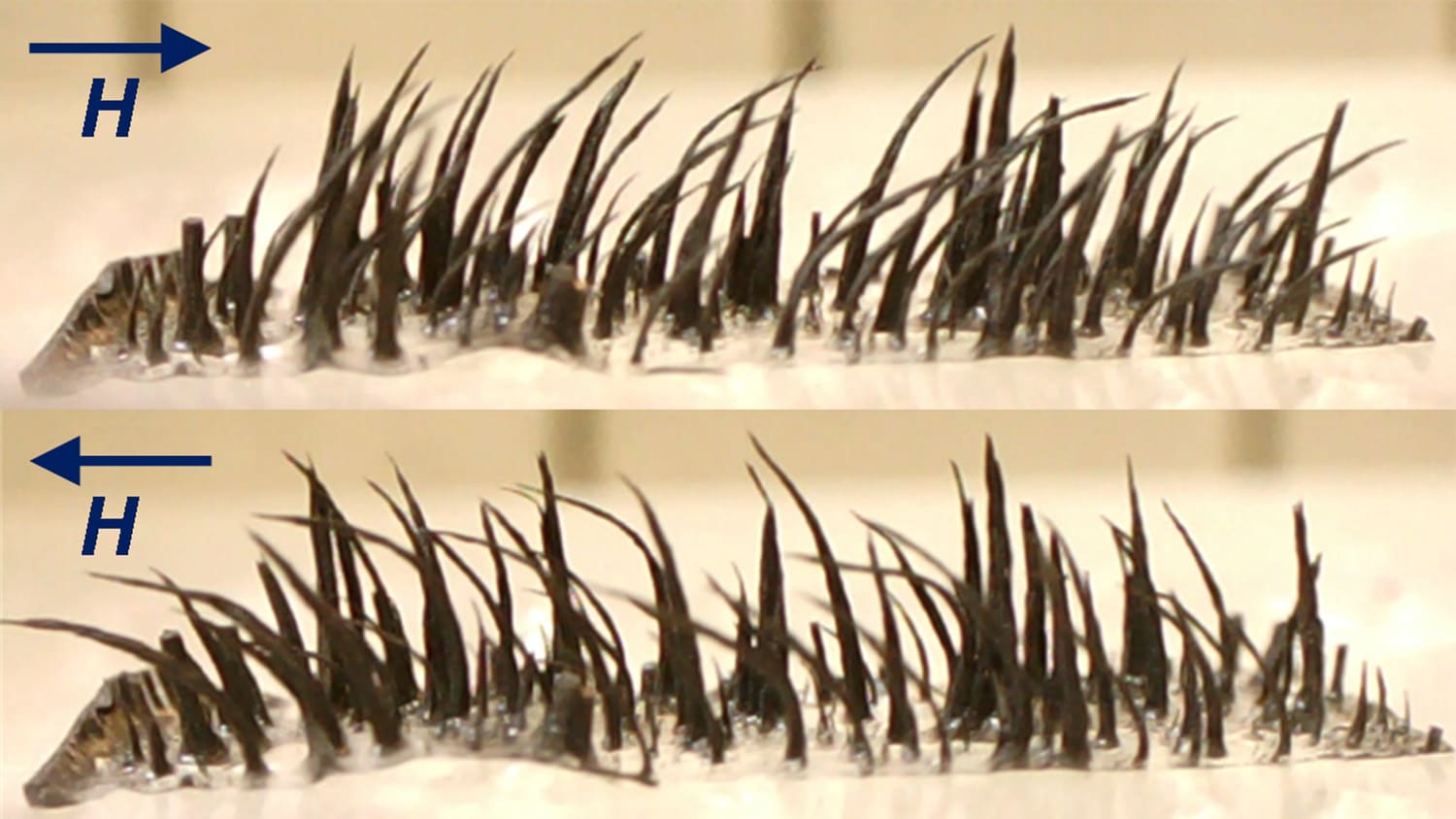What Impact Can A Single Machine Have?

What impact can a single machine have? If it is an aberration-corrected scanning transmission electron microscope (AC-STEM), the impact may be pretty big. A uniquely-configured AC-STEM is a new arrival at NC State, but is expected to boost research across North Carolina’s Research Triangle – and help keep the region relevant in research and development (R&D) for years to come.
“This sort of infrastructure is important to major corporations,” says Beth Dickey, a professor of materials science and engineering at NC State. “And if this region wants to remain at the cutting edge of research, we need to be state-of-the-art – and produce graduates who are at the forefront of these sorts of analytical techniques.”
The NC State machine is the first in the U.S. that incorporates a 300 kilovolt AC-STEM with monochromation and state-of-the-art x-ray detection features. The AC-STEM itself allows for spatial imaging resolution down to 80 picometers. That’s 0.08 nanometers. To put it in context, a single atom can range in size from approximately 30 to 300 picometers in diameter.
The monochromation technology allows researchers to use spectroscopy at the atomic length scale (at 0.2 electron volt resolution, if you’re curious), which offers insight into the atomic make-up of a material and how the atoms are bonded to each other. Understanding these bonds helps researchers control a material’s electrical, mechanical, optical and other intrinsic properties.
And the device also incorporates four x-ray detectors that can be used to measure the x-rays given off when electrons pass through a material. This can be used to determine the elemental composition of the sample at the atomic level.
Altogether, these three features give researchers an astonishing amount of data about the materials they’re studying. That’s a boon to the university, its students and the region.
For example, it will certainly make NC State more competitive when seeking out major research grants. “But it will also accelerate materials and device research in the Triangle,” says Jim LeBeau, an assistant professor of materials science and engineering at NC State who focuses on state-of-the-art AC-STEM technologies. “Most companies can’t afford this type of equipment, or don’t have the expertise needed to use it effectively. But they will have access to it now, through partnerships with the university. This will give us an unprecedented capacity for materials characterization in this region.”
“All of a material’s properties are determined by their atoms and how they’re distributed,” Dickey says. “So we want to know what every atom is, and where it is. This machine will get us pretty close to that goal. And it will be a transformational boost to our research into a number of fields, such as how materials interface with one another.” Interface research is essential to developing new materials for energy-efficient and low-power devices, sensors, energy-harvesting equipment and other electronics.
In addition to fostering research efforts, the new AC-STEM will also allow NC State to train the next generation of electron microscopists. AC-STEMs and similar equipment are used by some of the world’s leading R&D companies and manufacturers – and there is currently a shortage of skilled electron microscopists to help those companies implement the technology. “One of our goals is to train scientists with the technical skills needed to fill this niche in the R&D community,” LeBeau says.
- Categories:


